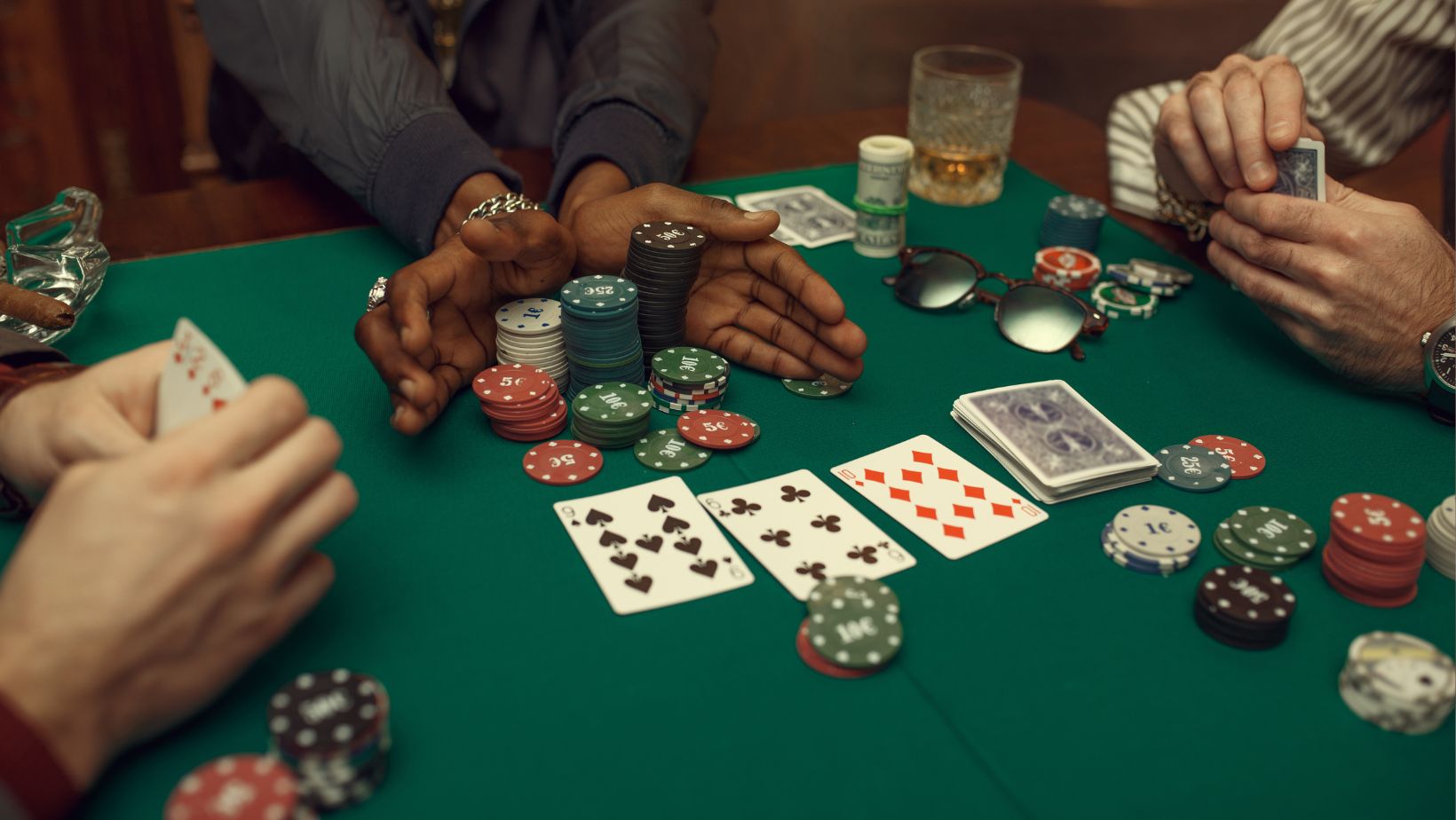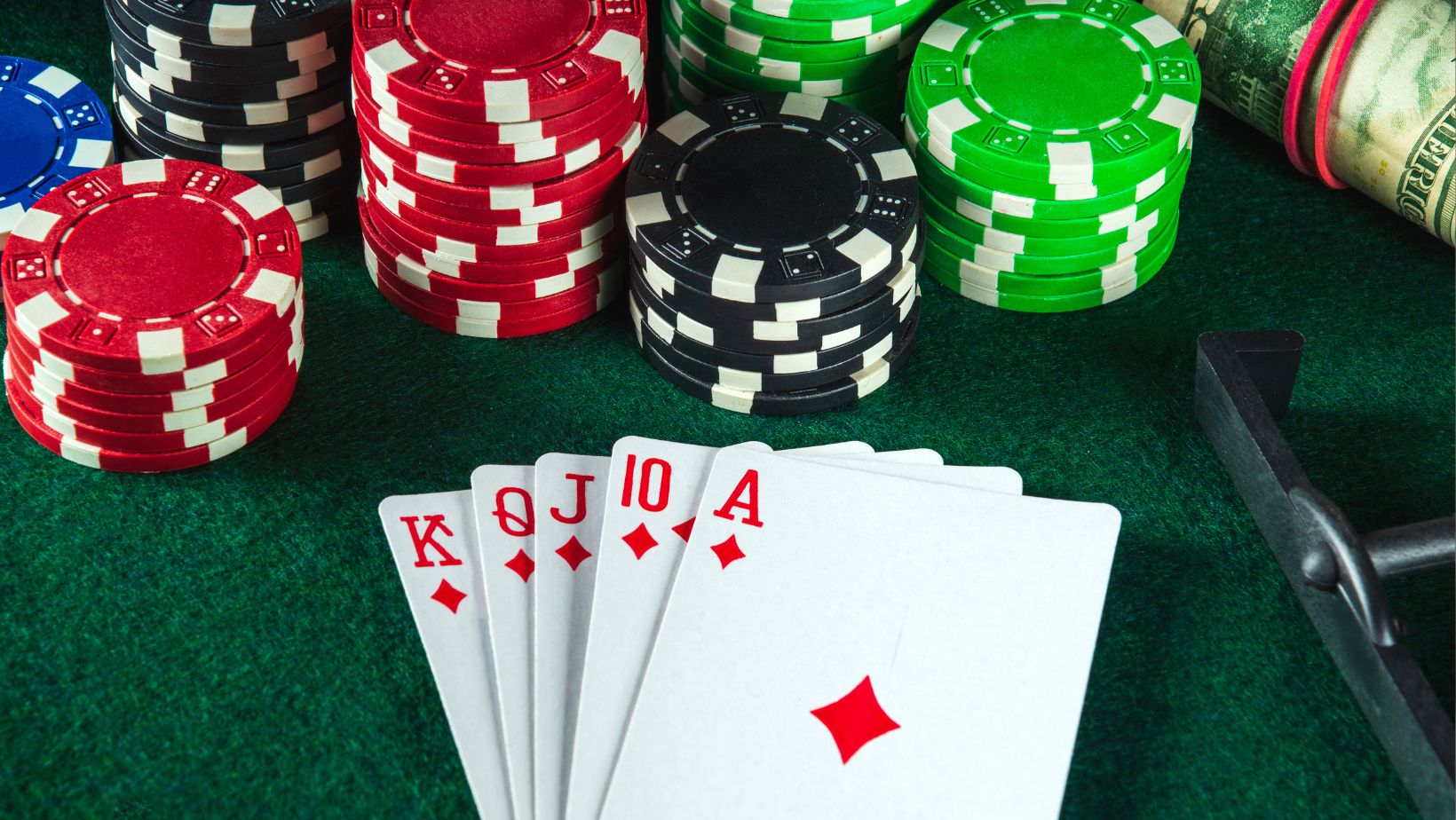Gin Rummy is more than just a game of cards, but a strategy, skill, and psychological warfare. Whether it is the newcomer looking to gain a foothold in the very basics or a seasoned player wishing to hone the techniques, knowledge of how to create the ideal hand is important to winning. A balance between playing offense and defense is required: knowing when to hold on, when to give in, and when to knock can win or lose a game. Mastery of these elements yields the skills needed to outplay opponents night after night. The key to success for Gin Rummy players is winning not when melds have formed but when deadwood has been minimized.
While luck plays its part in the initial deal, your decision-making throughout the game ultimately determines your success. The key lies in developing a comprehensive strategy that covers every aspect of gameplay, from the opening moves to the final knock.
For players interested in improving their skills and competing against opponents across the globe, the best option would be to participate in gin rummy online where one could play such strategies against all kinds of different opponents. In this format, you can focus only on strategy without the distractions from physical card handling, so it would be the best place to hone your game.
Understanding the Basics
Before diving into advanced strategies, it’s essential to understand how Gin Rummy works. Gin Rummy is played with a total of the standard 52-card deck. The objective is to form sets or runs while minimizing “deadwood” (unmatched cards). The game ends when a player knocks (ending the round with 10 or fewer deadwood points) or goes Gin (having no deadwood at all).
The Foundation of Melds
The heart of any winning Gin Rummy strategy lies in understanding how to construct effective melds. You’ll need to master both sets and runs to succeed. Sets consist of three or four cards of the same rank, while runs require three or more consecutive cards of the same suit. The real skill comes in creating flexible combinations that can adapt as the game progresses. When you keep cards that could potentially form multiple melds, you significantly increase your chances of success.
Deadwood Management
Managing your deadwood effectively can mean the difference between victory and defeat. The golden rule is keeping your deadwood count below 10 points to maintain your ability to knock.

Smart players focus on discarding high-value cards early, as face cards carry a hefty 10-point penalty. When in doubt, holding onto low-value cards like Aces can provide more flexibility without significantly impacting your deadwood count.
Mastering Card Selection and Melds
Prioritize Runs Over Sets
Runs offer greater flexibility than sets because they can be extended at either end. If you start with a 4 and 5 of spades, you can complete your run with a 3 or 6 of spades, doubling your chances of success.
Avoid High-Value Deadwood
Face cards (J, Q, K) are worth 10 points each, making them costly deadwood if left unmatched. Aim to discard high-value cards early unless they fit into a strong run or set.
Observe Discard Patterns
Pay attention to what your opponent picks up from the discard pile. If they take a 7 of clubs, avoid discarding a 6 or 8 of clubs, as it could complete their run.
Strategic Drawing and Discarding
Know When to Draw from the Discard Pile
Picking up from the discard pile reveals information to your opponent. Only take a discarded card if it immediately forms a set or run; otherwise, draw from the stockpile to maintain unpredictability.
Bait Your Opponent with Discards
If you suspect your opponent is collecting a specific suit or rank, discard an unrelated card first to test their reaction before dropping a more useful one.
Optimize Your Knock Timing
If you can knock but have a reasonable chance of going Gin in the next round, consider waiting. However, if your opponent seems close to knocking, it’s better to end the game and minimize risk.
Advanced Tactics to Outsmart Opponents
Memorize Key Discards
Keep mental notes on cards that have been played. If two 5s have already been discarded, you know that forming a set of 5s is impossible.
Keep Your Hand Balanced
Avoid overcommitting to a single strategy. Having a mix of potential sets and runs gives you more options as the game progresses.
Undercutting for Extra Points
If you knock with fewer deadwood points than your opponent, you earn additional points. If possible, knock when you believe your opponent has a higher deadwood count.
Playing and Improving Your Game
As classic card games are made more accessible by the digital age, the player is able to hone their skills playing gin rummy.

Playing against a variety of opponents sharpens strategic thinking, adaptability, and pattern recognition—the difference between casual players and seasoned pros. Online platforms allow for real-time gameplay, so the player can try out and implement different strategies in order to enhance their overall performance.
Conclusion
Winning at Gin Rummy is not necessarily a game of luck but a game of strategic planning, strategies, and allowing a playing response to be made at the right time. Whether you are a casual player looking to make some improvements or a professional trying to be one step ahead of the competition, these strategies will help you gain that competitive edge. Mastering the ability to form perfect hands and making smart in-game decisions will always increase your chances of winning. And because of online gaming, you can challenge yourself anytime, anywhere to develop your gin rummy match techniques further. Start practicing and implementing these strategies for your Gin Rummy game to the fullest.




















